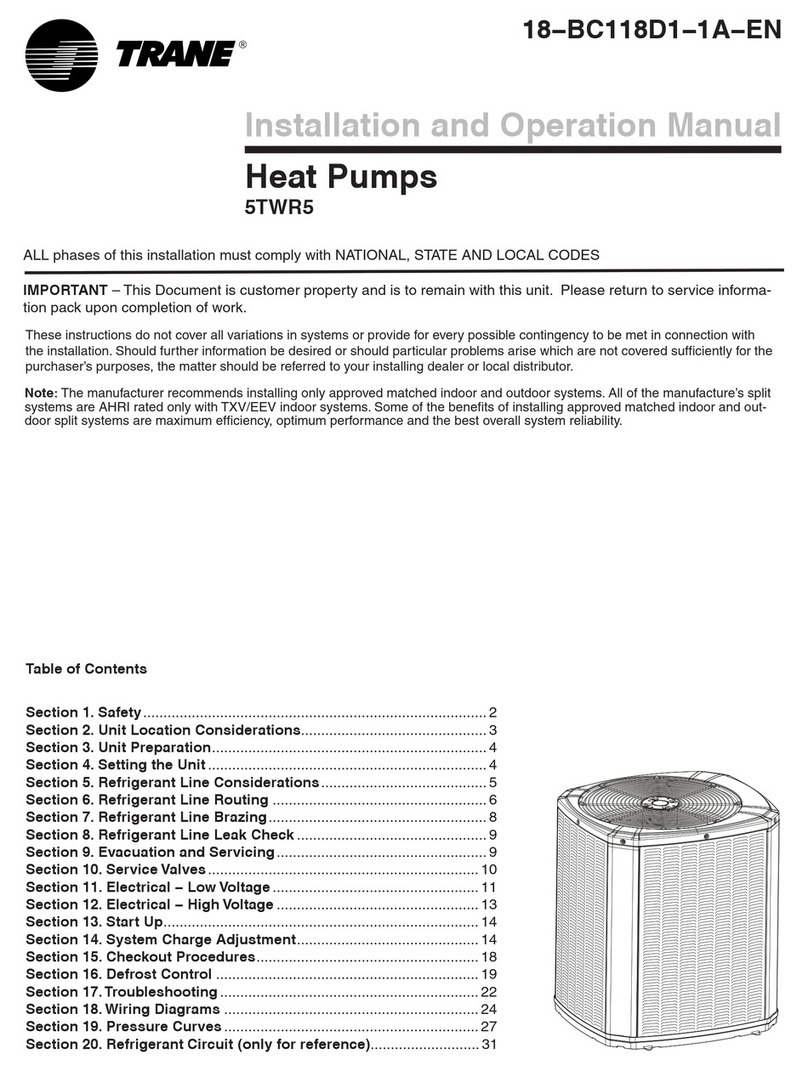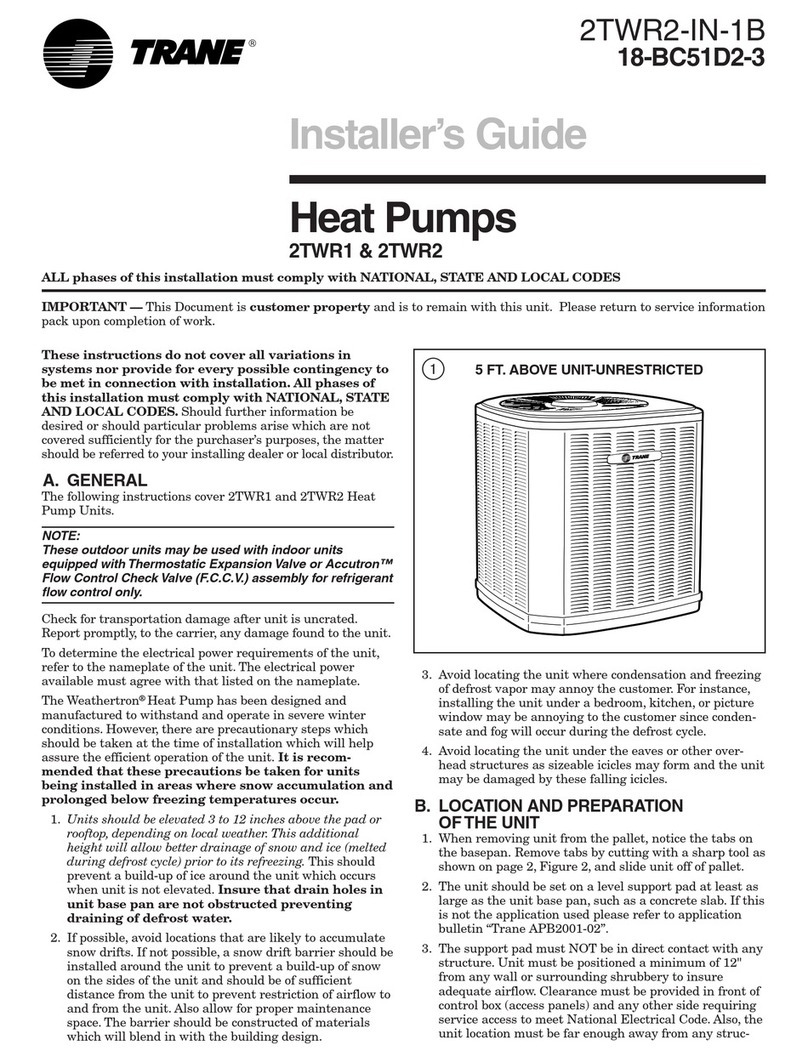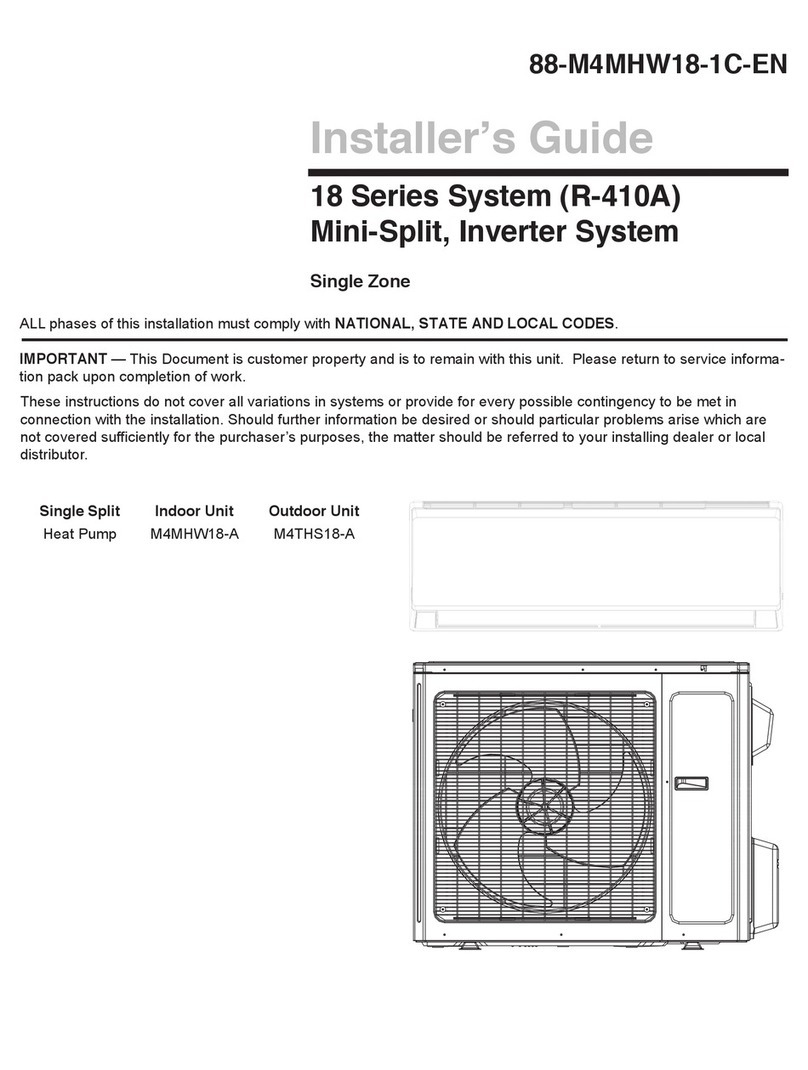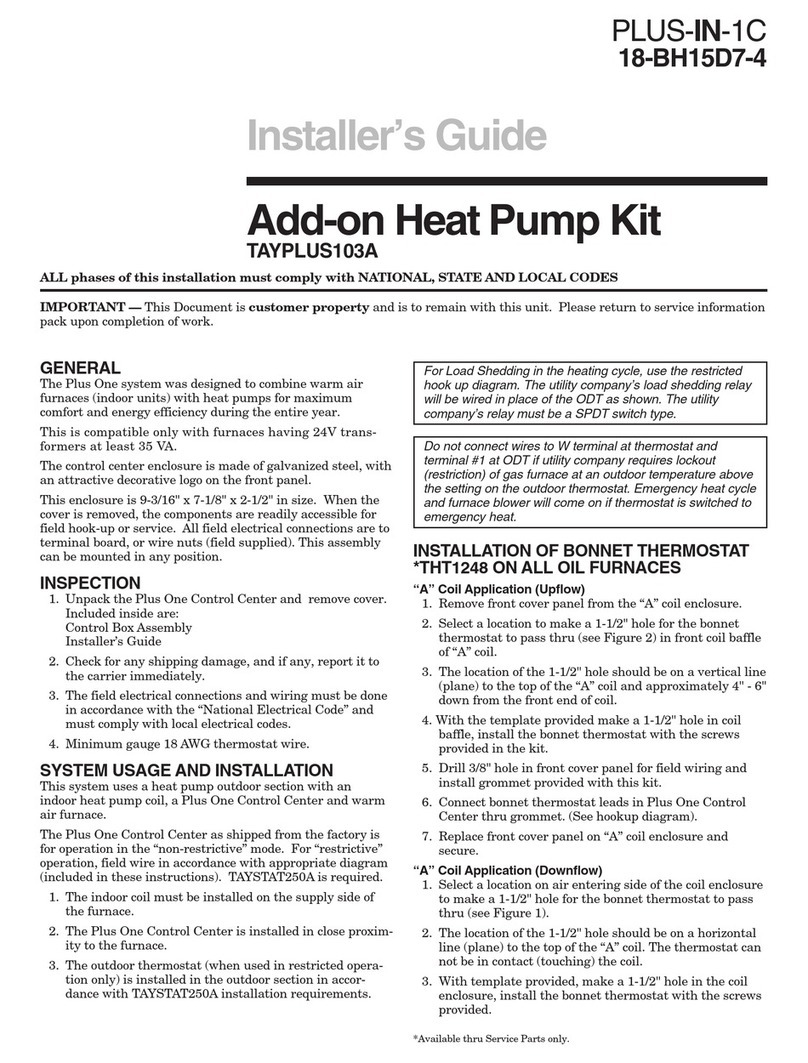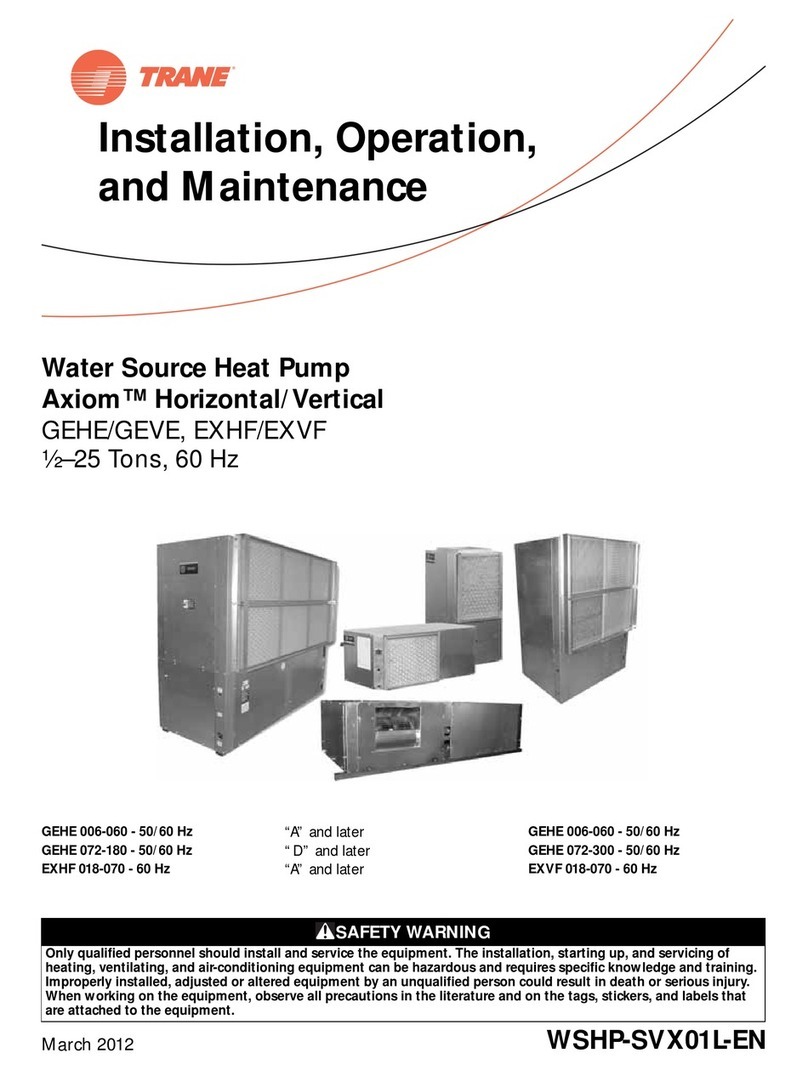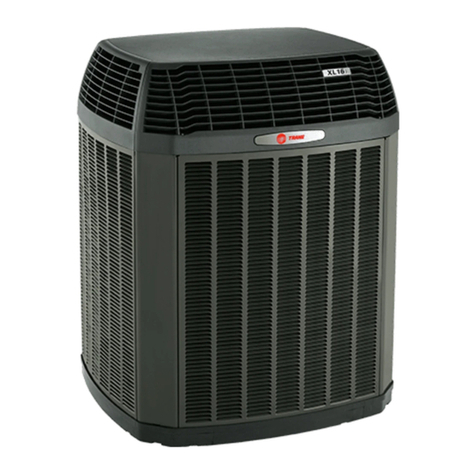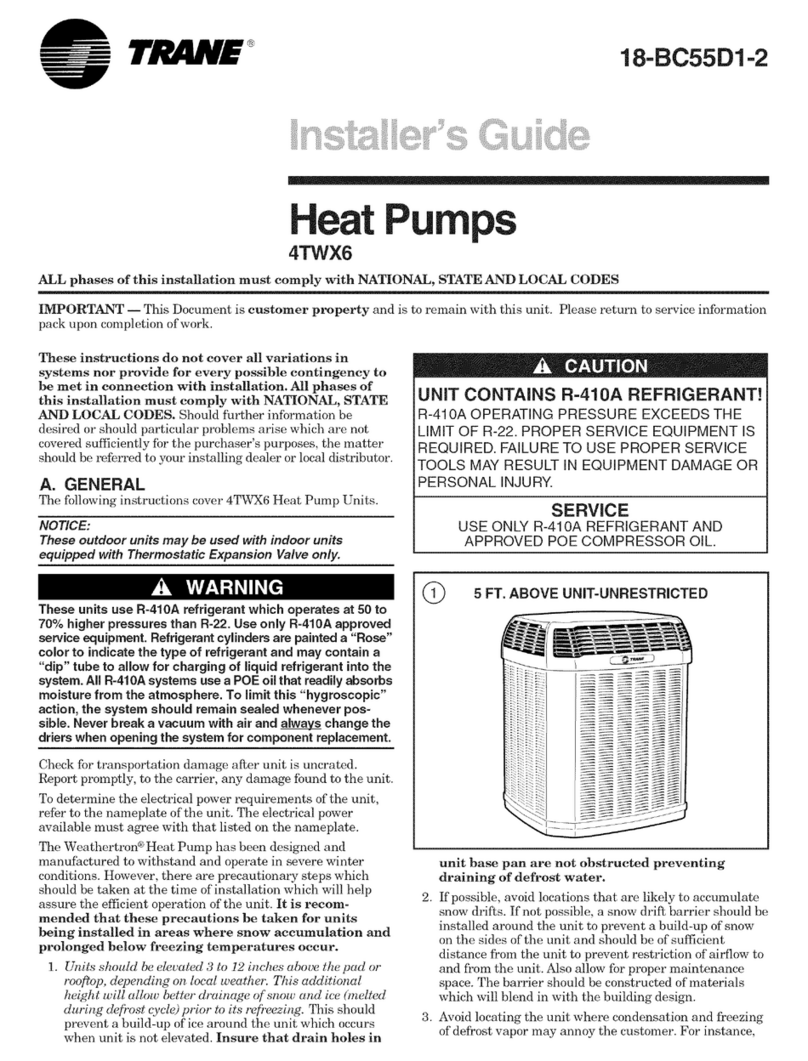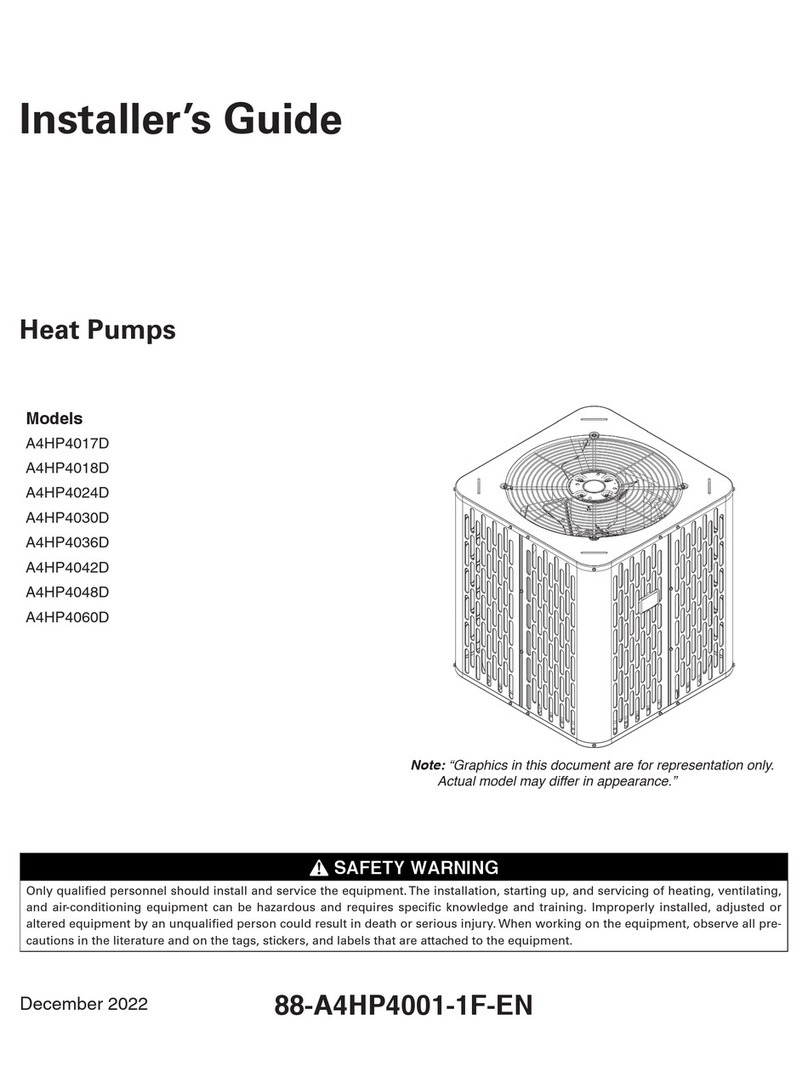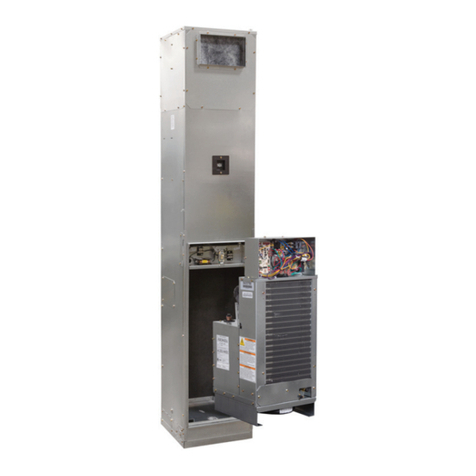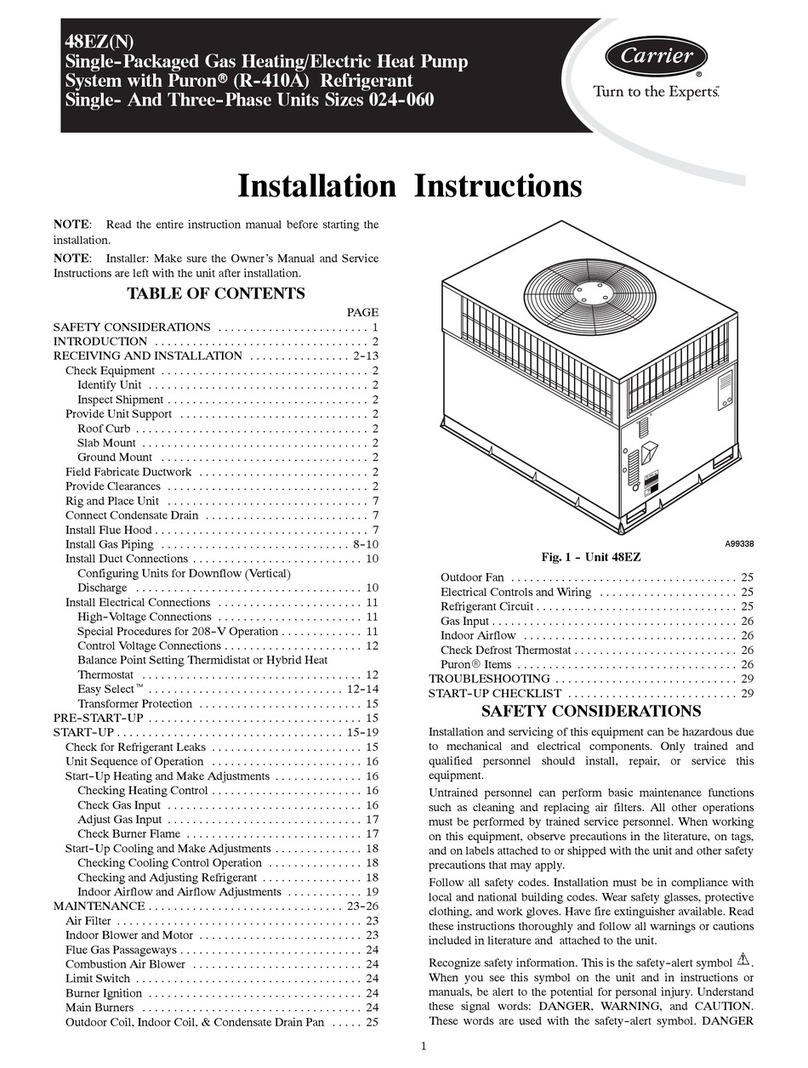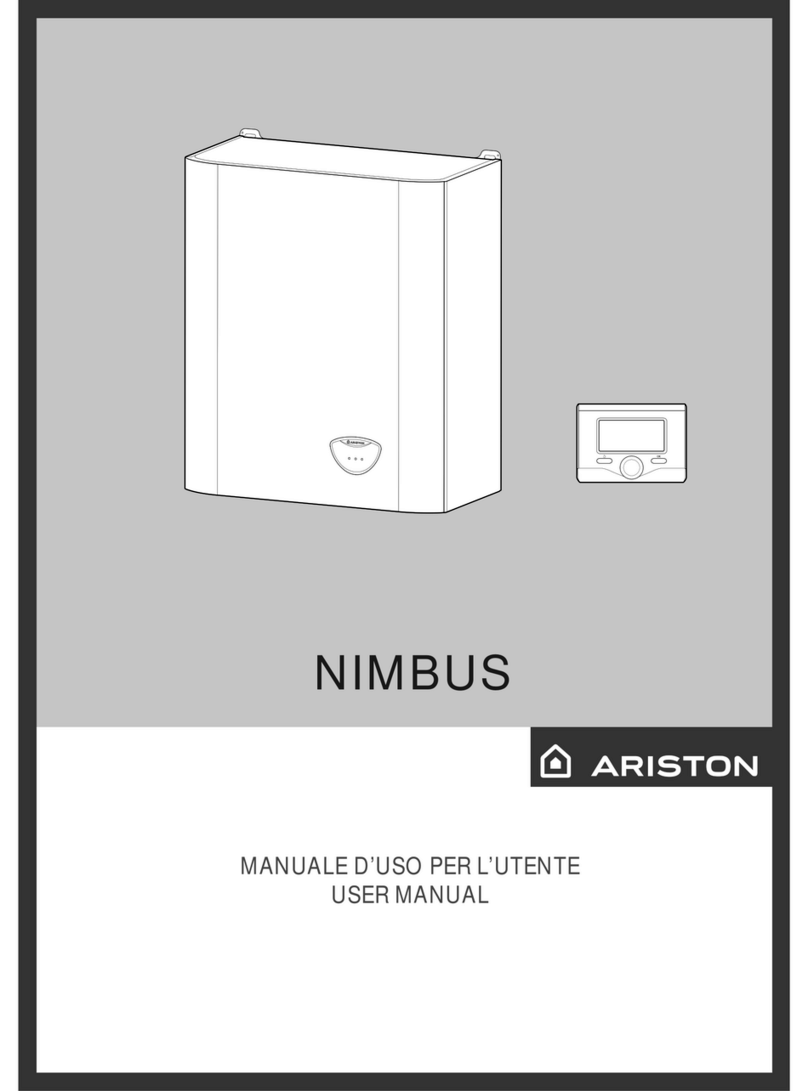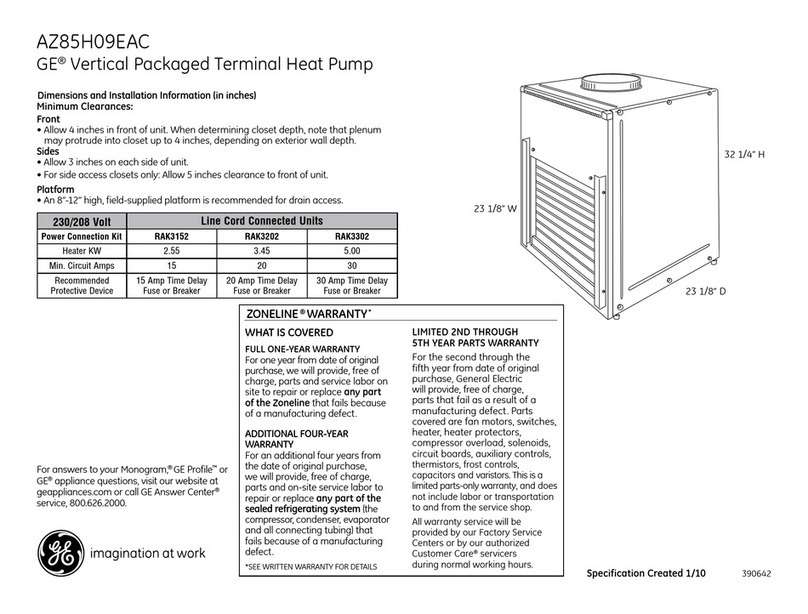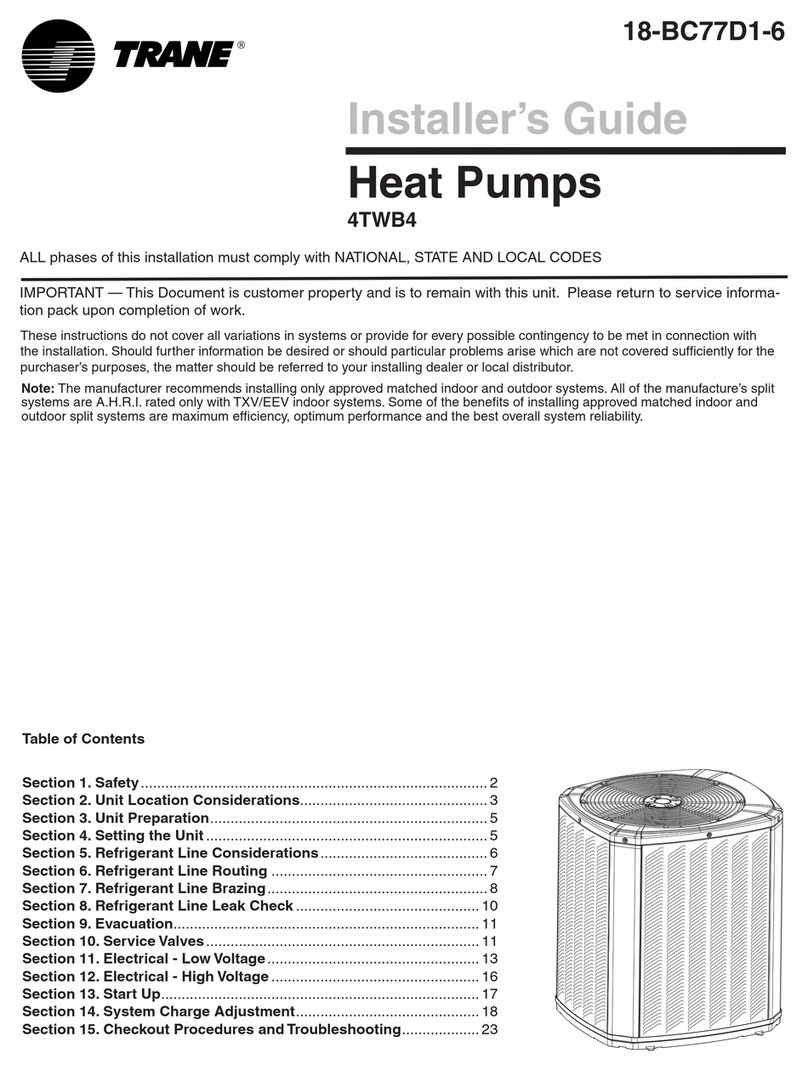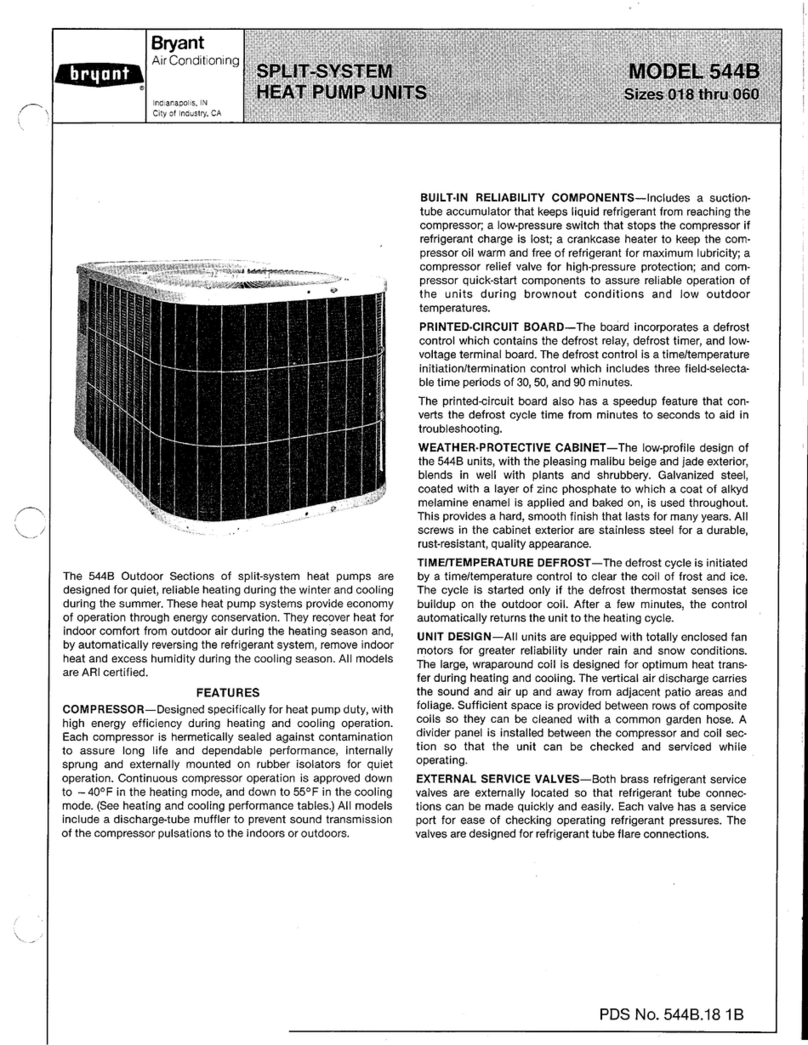
Page 5
Risks for contact with the
eyes
don’t take any effect. Splashes or sprinklers can cause chill burns. In those cases it is necessary to
the eyes with water or with solution for ocular washings for 10 minutes. The intervention of a doctor is needed.
happen, it causes chill burns. It does not cause vomiting. The person must be kept awake. It is needed to rinse the
esh water and to drink almost 0.25 liters. The intervention of a doctor is needed.
concentration of vapors in air can lead to anesthetic effects up to a loss of conscience. Long exposures could
give rise to cardiac arrhythmia and sometimes even to death.
High concentrations can create a reduction of oxygen in air, with consequent possibility of suffocation. Should it happen the
person must be taken to the open air and let him take a rest.
Administer oxygen if needed. In case the breathing has
interrupted or become irregular, it is necessary to
apply the artificial breathing. In case of cardiac arrest a heart massage must be applied. Contact a doctor immediately.
Conditions to avoid
exposed flames, and of high levels of humidity.
Dangerous reactions
Possibility of violent reactions with the sodium, the potassium, the barium and with other alkaline substances,
incompatible materials and all the alloys containing more than 2% of
magnesium.
-
Behavior in case of losses
or escapes
Wear protection apparel and self
-rescuer respirators. Insulate the source of the loss, if this operation can be done in safety
conditions. Small quantitative of refrigerant escaped at liquid state can be allowed to evaporate only if the room is well ve
ntilated.
In case of great losses ventilate the room immediately. Plug the loss with sand, so
il or other absorbent material; avoid that the
liquid refrigerant can enter in water
-drainages or losing pools.
The best procedure is the recovery and the recycle. If this is not possible the refrigerant must be conferred to an accredite
d
system for its destruction in order to neutralize acid and toxic by
-products.
e. PRECAUTIONS AGAINST RESIDUAL RISKS
Prevention from risks due to the command system
-make sure the instructions for use have been understood before carrying out any work on the control panel.
-always keep the instruction manual close at hand when working on the control panel.
-start up the unit only after having certified that it is correctly connected to the plant.
-inform the technician promptly of any alarms which appear on the unit.
-do not reset the alarms to manual restart without having first identified the cause and removed it.
f. PREVENTION AGAINST RESIDUAL MECHANICAL RISKS
-install the unit in accordance with the provisions of the following manual.
-carry out all the maintenance operations provided for by this manual regularly.
-wear a protective helmet before entering inside the unit.
-before opening a machine panel make sure that it is firmly connected by means of a hinge.
-do not touch the air condensation batteries without having first put on protective gloves.
-do not remove the protections to the moving parts while the unit is running.
-before restarting the unit make sure that the moving part protections are in the correct position.
g. PREVENTION AGAINST RESIDUAL ELECTRICAL RISKS
-connect the unit to the mains in accordance with the provisions of this manual.
-carry out all maintenance operations regularly.
-before opening the control panel or access any electrical component installed on the unit disconnect the unit from
the mains by means of the mainswitch.
It must be taken into account especially that when soft starters instead of contactors are installed as
compressors drives, one phase of any compressor remains live when the compressor is off but the main
switch is closed. Do not access the compressor electrical box.
-check that the unit has been earthen correctly before starting it up.
-control all the electrical connections and the connection cables paying particular attention to the state of
isolation; replace the cables which are clearly worn or damaged.
-carry out periodic checks of the wiring inside the panel.
-do not use cables with an inappropriate section or flying connections not even for a limited period or in anemergency.
h. PREVENTION AGAINST RESIDUAL RISKS OF A DIFFERENT NATURE
-the residual risks due to pressure are mainly coming from a failure of the safety devices. To prevent them it is
necessary to check and replace them when required
-the unit is equipped with high pressure safety valves which may relieve high pressure and high
temperature refrigerant in close vicinity of the unit in case of an abnormal overpressure event. In order to
prevent harm to people who might find themselves close to the unit, the installer should convey the
escaped refrigerant by means of piping. The safety valves installed in the unit are equipped with a
threaded connection that makes conveying easier.
If a piping aimed at conveying refrigerant from safety valves, as described above, has not been installed by the


